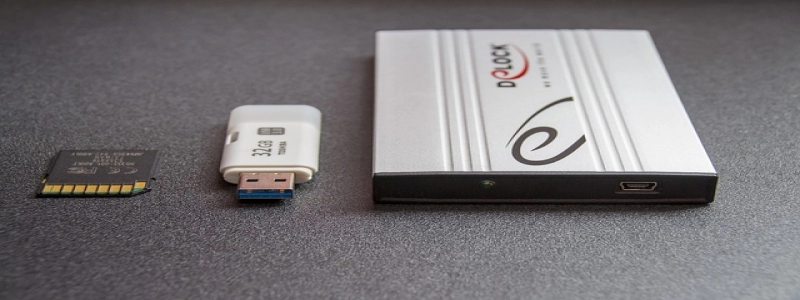Multimode Optical Fiber
I. Introduction
Multimode optical fiber is a type of optical fiber that is commonly used in telecommunications and data communication systems. It has the ability to transmit multiple light modes, or rays, simultaneously. This article will provide a detailed explanation of multimode optical fiber, including its structure, working principle, and applications.
II. Structure
Multimode optical fiber consists of three main components: the core, the cladding, and the coating. The core is the central part of the fiber where the light is transmitted. It is made of a high-quality glass or plastic material that has a higher refractive index than the cladding. The cladding surrounds the core and is made of a material with a lower refractive index. This allows the light to be confined within the core and prevents it from leaking out. The coating, also known as the buffer or jacket, provides protection to the fiber and is made of a durable material such as plastic or rubber.
III. Working Principle
The working principle of multimode optical fiber is based on the concept of total internal reflection. When light enters the fiber, it undergoes repeated reflections off the walls of the core due to the difference in refractive indices between the core and the cladding. This ensures that the light is confined within the core and travels along the fiber in the form of multiple modes.
IV. Types of Multimode Optical Fiber
There are different types of multimode optical fiber, classified based on their core diameter and refractive index profile. The most common types include step-index multimode fiber and graded-index multimode fiber.
1. Step-Index Multimode Fiber: In this type of fiber, the refractive index of the core remains constant throughout its diameter. This results in a sharp transition at the core-cladding interface, causing the light to travel in straight paths or modes. Step-index multimode fiber is suitable for short-distance transmission applications.
2. Graded-Index Multimode Fiber: Unlike step-index fiber, graded-index fiber has a varying refractive index profile in the core. This results in a gradual change in the speed of light as it traverses the fiber, allowing for better modal dispersion and reduced signal distortion. Graded-index multimode fiber is commonly used for high-bandwidth and long-distance communication.
V. Applications
Multimode optical fiber finds applications in various fields, including telecommunications, data centers, and local area networks (LANs). It is widely used for:
– High-speed internet connections: Multimode optical fiber enables fast and reliable internet connections, providing high bandwidth for data transmission.
– Telephone systems: It is used in telephone networks to transmit voice signals over long distances without signal degradation.
– Cable television: Multimode fiber is used to transmit cable television signals, allowing for high-quality and uninterrupted viewing.
– Medical imaging: The high bandwidth of multimode fiber makes it suitable for medical imaging applications, such as endoscopes and surgical cameras.
VI. Conclusion
In conclusion, multimode optical fiber is a versatile and essential component in modern communication systems. Its ability to transmit multiple light modes simultaneously makes it ideal for various applications. Understanding its structure, working principle, and types can help in choosing the right fiber for specific communication needs.








